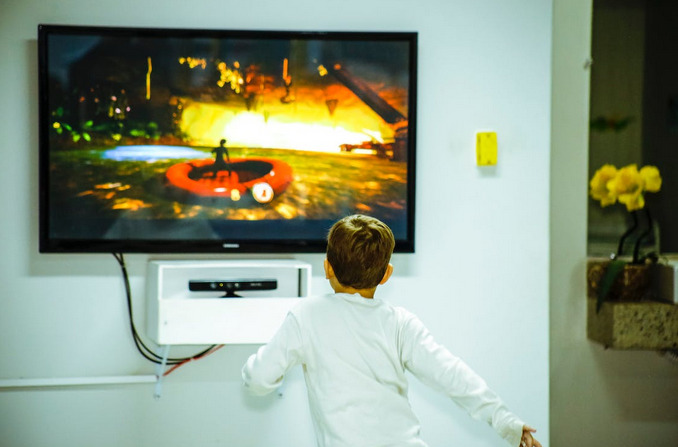Are you tired of flipping through channels and paying hefty cable bills? Revolutionary technology is changing how we watch television. With its seamless streaming capabilities and vast content options, IPTV has become a game-changer in entertainment. This article explains what IPTV is, how its tech differs from traditional cable, and how it works.
IPTV vs. Traditional Cable

When it comes to television viewing, the options seem endless. Gone are the days when cable was the only choice available. Now we have IPTV, a revolutionary technology changing how we watch TV.
One of the biggest advantages of IPTV over traditional cable is its flexibility. With cable, you are limited to a specific set of channels and packages determined by your provider. On the other hand, with IPTV, you have access to a vast array of content from all over the world at your fingertips.
Another major benefit is cost savings. Traditional cable can be expensive, with monthly bills skyrocketing due to additional fees for premium channels or on-demand services. With IPTV, you pay for what you want and can often find more affordable options without compromising quality.
Regarding picture quality and reliability, IPTV and traditional cable offer similar experiences. However, with technological advancements, IPTV has become increasingly popular for its seamless delivery of high-definition content.
Additionally, IPTV offers features that were previously unimaginable with traditional cable. You can pause live TV or rewind programs as if they were recorded shows using the DVR functionality provided by many providers.
Ultimately, choosing IPTV or traditional cable depends on your preferences and needs as a viewer. Each option has unique benefits and drawbacks that should be considered before deciding.
How Does IPTV Work?

IPTV, or Internet Protocol Television, is a technology that allows you to stream television content over the internet. But have you ever wondered how it works? Let’s delve into the inner workings of IPTV. When you subscribe to an IPTV service, you are provided with a set-top box or a compatible device. This device acts as the receiver and decoder for the incoming video streams.
Next comes the crucial part – the transmission process. With IPTV, your television signal is encoded into IP packets and sent to your broadband internet connection. These packets are then received by your set-top box/device and decoded back into a format that can be displayed on your TV screen.
Dedicated servers and high-speed networks employ quality-of-service (QoS) techniques to ensure smooth playback without buffering issues. It helps minimize interruptions during streaming and provides a seamless viewing experience.
One key advantage of IPTV is its ability to offer interactive features such as Video on Demand (VoD), where users can select their desired content from an extensive library. It also supports time-shifted media through features like catch-up TV and digital video recording (DVR).
In addition to that, IPTV services often come with advanced functionalities like electronic program guides (EPG), parental controls, multiple language support, and even social media integration.
In today’s rapidly advancing world of technology, IPTV is revolutionizing how we consume television content. With its ability to deliver high-quality video streams over an internet connection, IPTV offers a convenient and flexible alternative to traditional cable TV.



